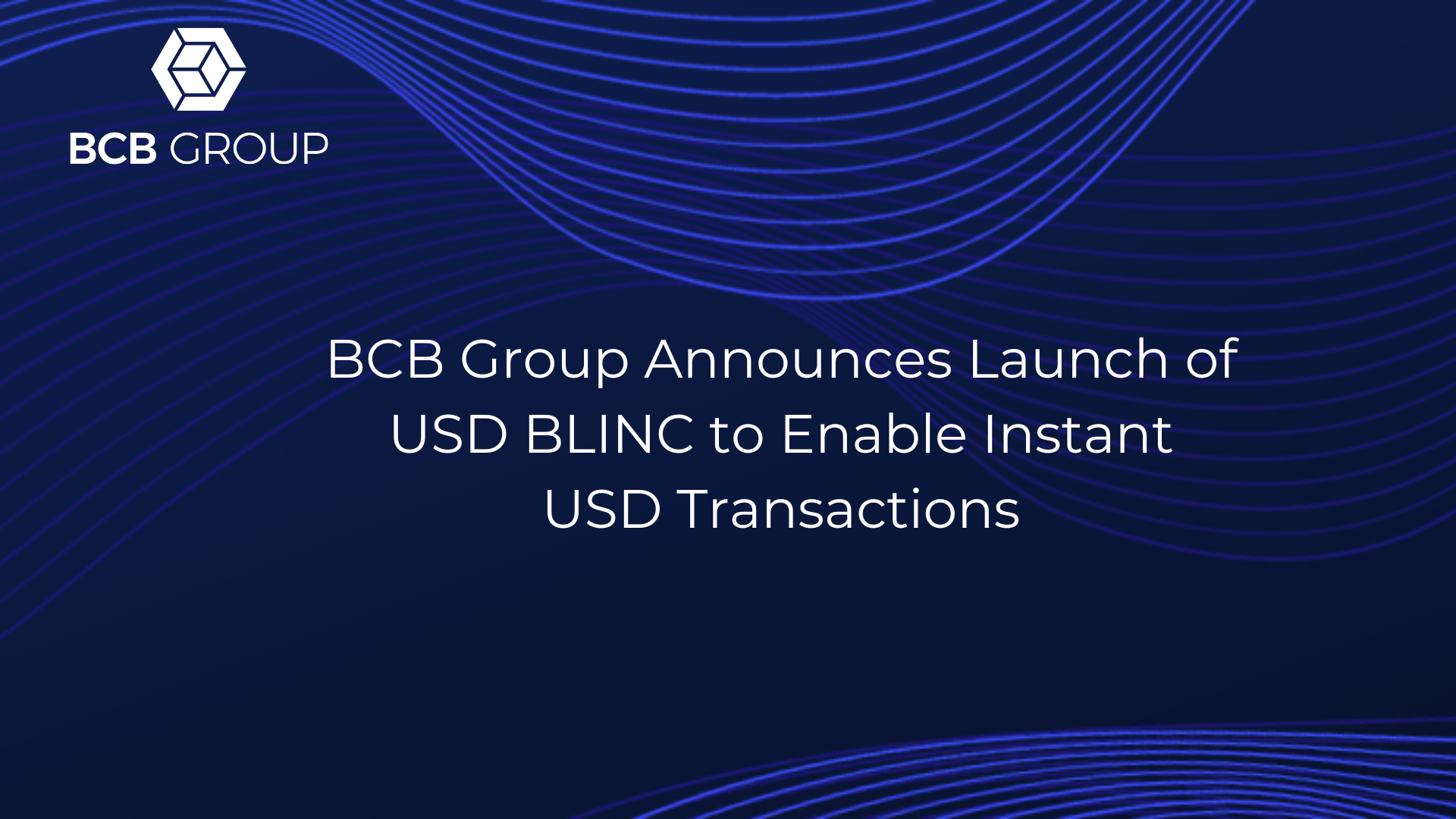Can NFTs Increase Efficiency in Trade Finance
Synopsis: How the traditional processes of trade finance can be streamlined through the use of NFTs.
From original works of art to providing proof of ownership to almost any physical asset imaginable, non-fungible tokens (NFTs) are fast emerging from their niche in the crypto sector to find a visible and important position in the global market.
NFTs have been around for a few years now, but just in 2021 have begun to become hot commodities. Recent high profile sales of digital artist NFTs have certainly turned some heads. While this is an exciting first step it misses the broader long-term potentials for this technology, especially when it comes to trade finance.
Practical Uses in Trade Finance
The use of distributed ledger technologies (DLTs) and blockchain technology means that obtaining finance capital no longer requires large central institutions or intermediaries of any kind. Middlemen are currently necessary in order for parties to establish trust in transactions, trades contracts or investments. Instead, trust is established by and built into the very architecture of the network itself, with transactions taking place through tokenised contracts and enables payments to be instant, low cost and supported by smart contract escrow.
NonFungible Tokens, intrinsically linked to a distributed ledger or blockchain, provide secure, accurate and reliable digital receipts in this regard, enabling us to trace the provenance of products and supply chains and tag real ownership details for both identification purposes and seamless ownership transfer. These would be transparent, tamper-proof and available to all for review. This stands to revolutionise trade finance by mitigating risk and streamlining the entire process relating to digital assets.
Enabling Wider Accessibility to Trade Finance
Trade finance networks are the lifeblood of international trade – without it, cross-border trading activity would seize up. NFT enables traditional barriers or investors to be removed, more automation, less friction and reduced costs. Legacy issues no longer exist, and the entire trade financing process runs more smoothly and efficiently. Equally, banks will be able to work their balance sheets harder, allowing them to issue more trade finance without taking on additional risk, and remain compliant with international regulatory frameworks.
Ensuring the Provenance of Goods
One overarching NFT use case is that virtually any product can be tracked from its creation to its sale. The source of raw materials going into a product can similarly be monitored with complete transparency. This means suppliers and consumers are able to account for ethical sourcing, and it will be easy to root out any oversights or offences. A digital representation of the contract, certificate of origin, letter of credit, bill of lading or any other pertinent documents can all be stored and verified within an immutable NFT.
Streamlining Supply Chains
NFT implementation can help reduce redundancy and middlemen from the overall supply process. NFTs as receipts/documentation/ID should significantly reduce the need for oversight and should provide all necessary information in one easy to access place. The combination of automation, transparency and accuracy should make supply chains notably more effective and reduce waste.
Tackling Fraud/Detailing Ownership
Trade Finance has been perceived by banking regulators as carrying a large risk for money laundering and financial crime. Trade-based money laundering (TBML) often involves mistating the price, quantity, or providence of goods in order to hide the origin of illicit wealth. Here again, an immutable NFT powered digital tracking could verify both a product’s legitimate origin as well as its rightful owner (i.e., verifying ownership by embedding a bill of lading, invoice, packing list and certificate of origin directly into the metadata of an NFT smart contract). Coupling this technology with QR codes or other tamper-resistant measures will be the key to implementing this change.
Debt Management
NFTs can streamline a company’s management of outstanding debt between themselves and customers/suppliers. Receipts should be accurate, comprehensive and immutable, so automating a system to track outstanding debts from sales as well as internal expenses, etc, should become fairly straightforward. By encoding NFT smart contract technology to perform and trigger the payment obligation upon transfer mitigates counterparty risk.


